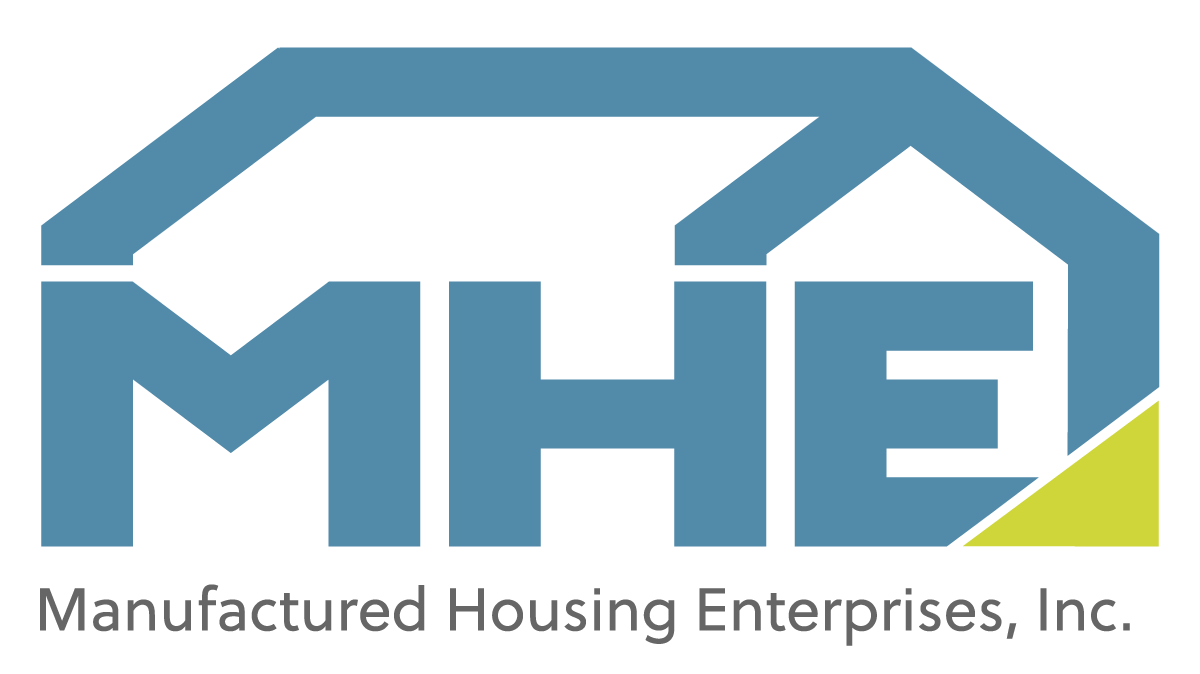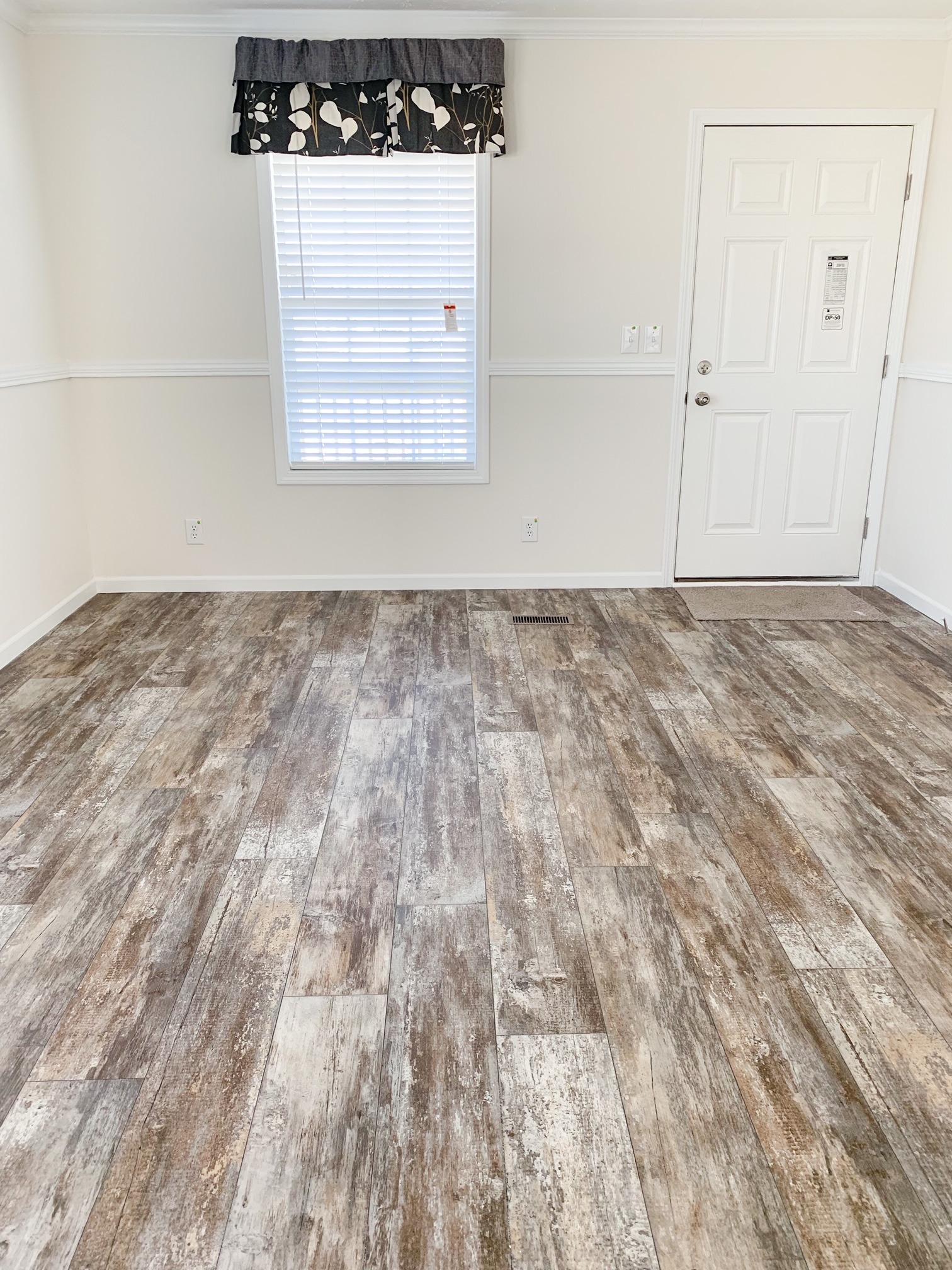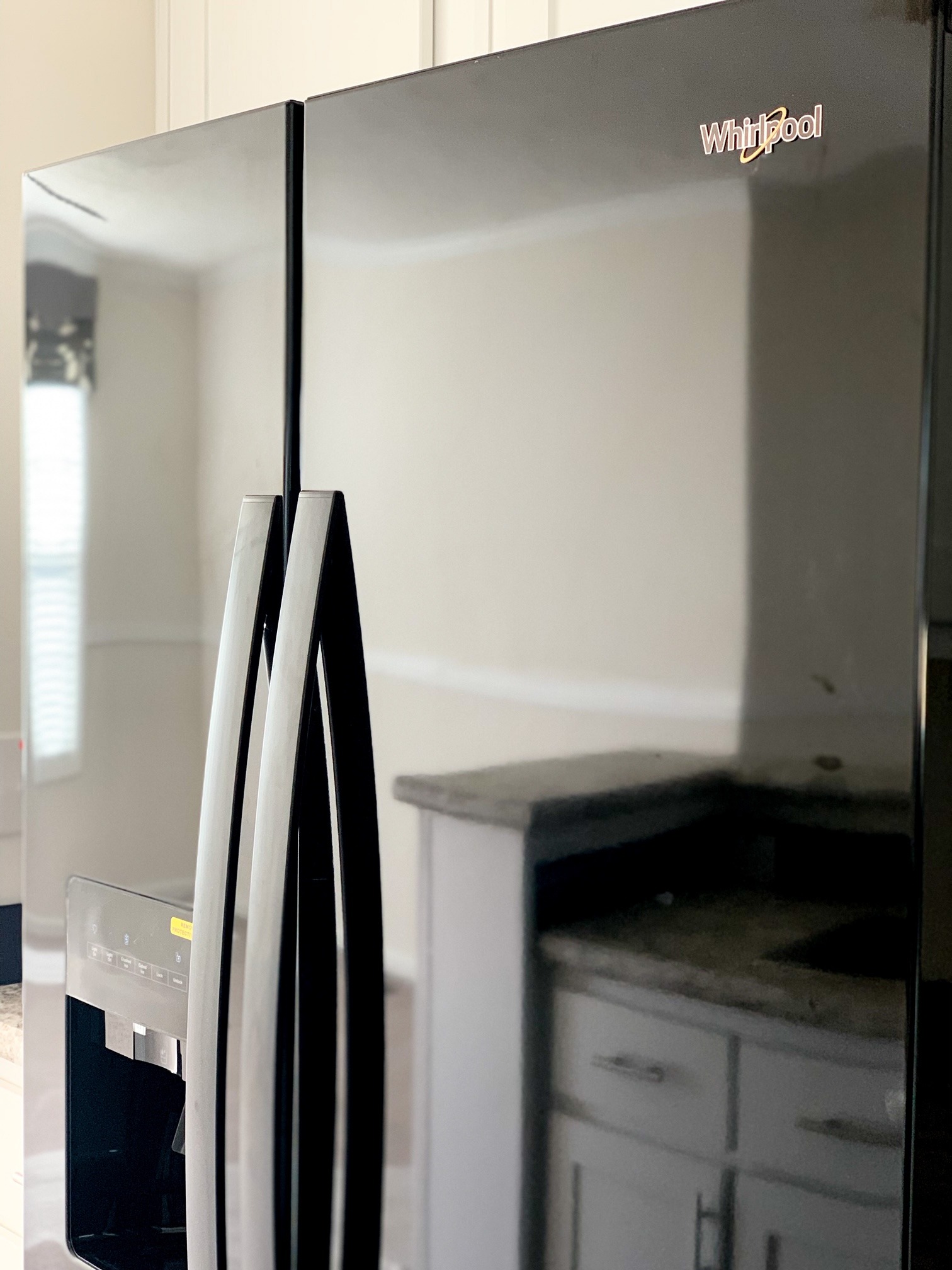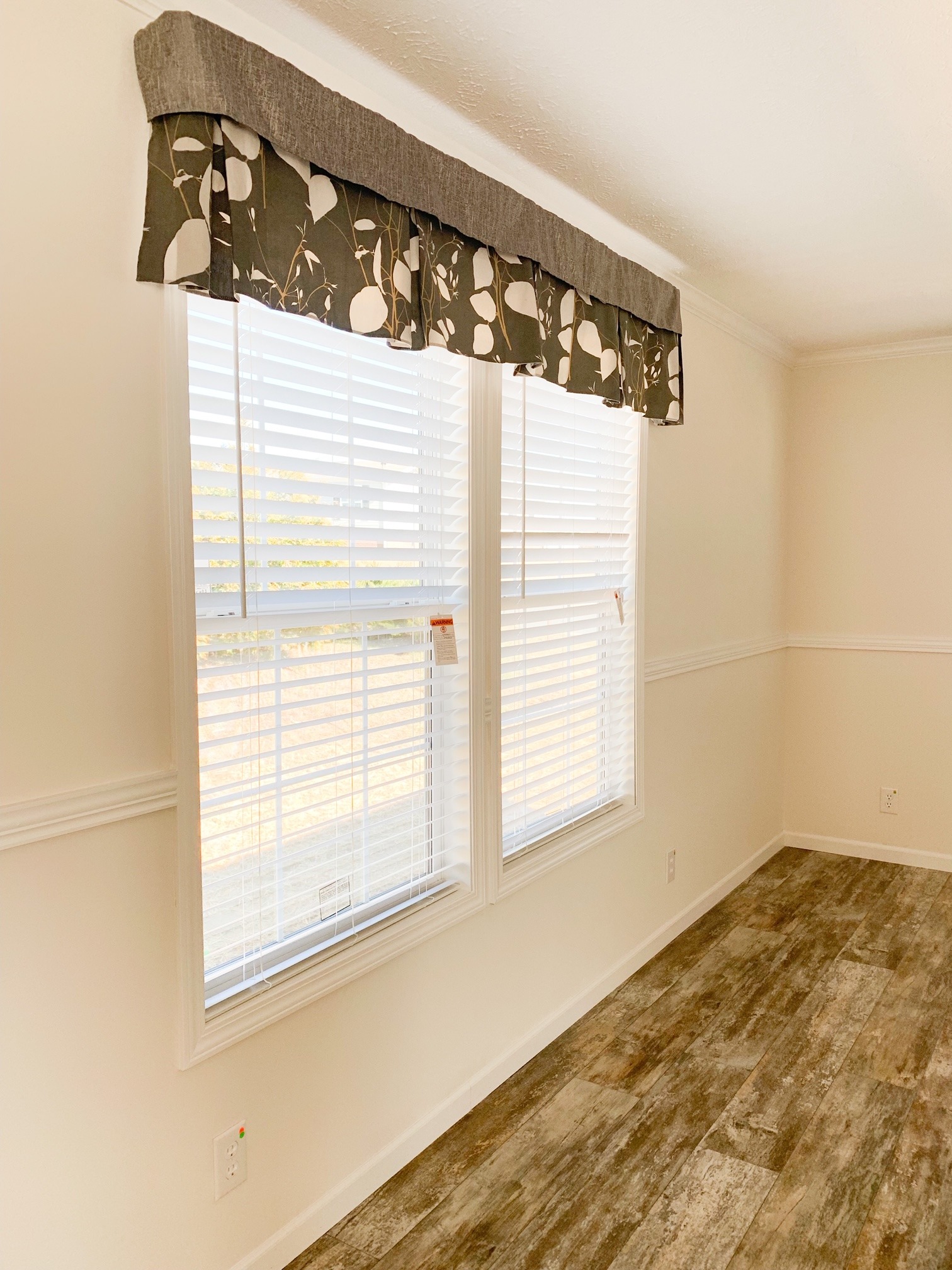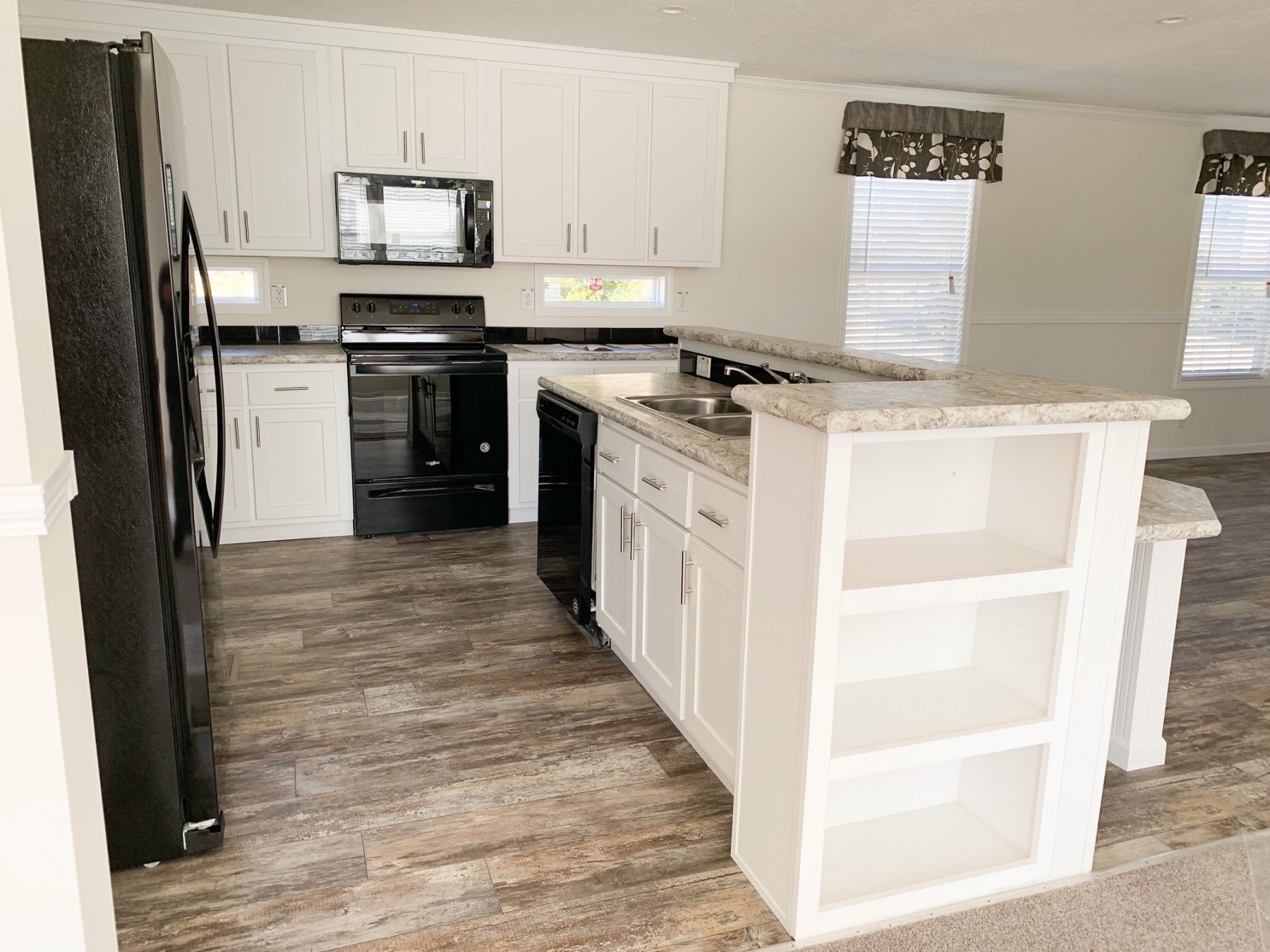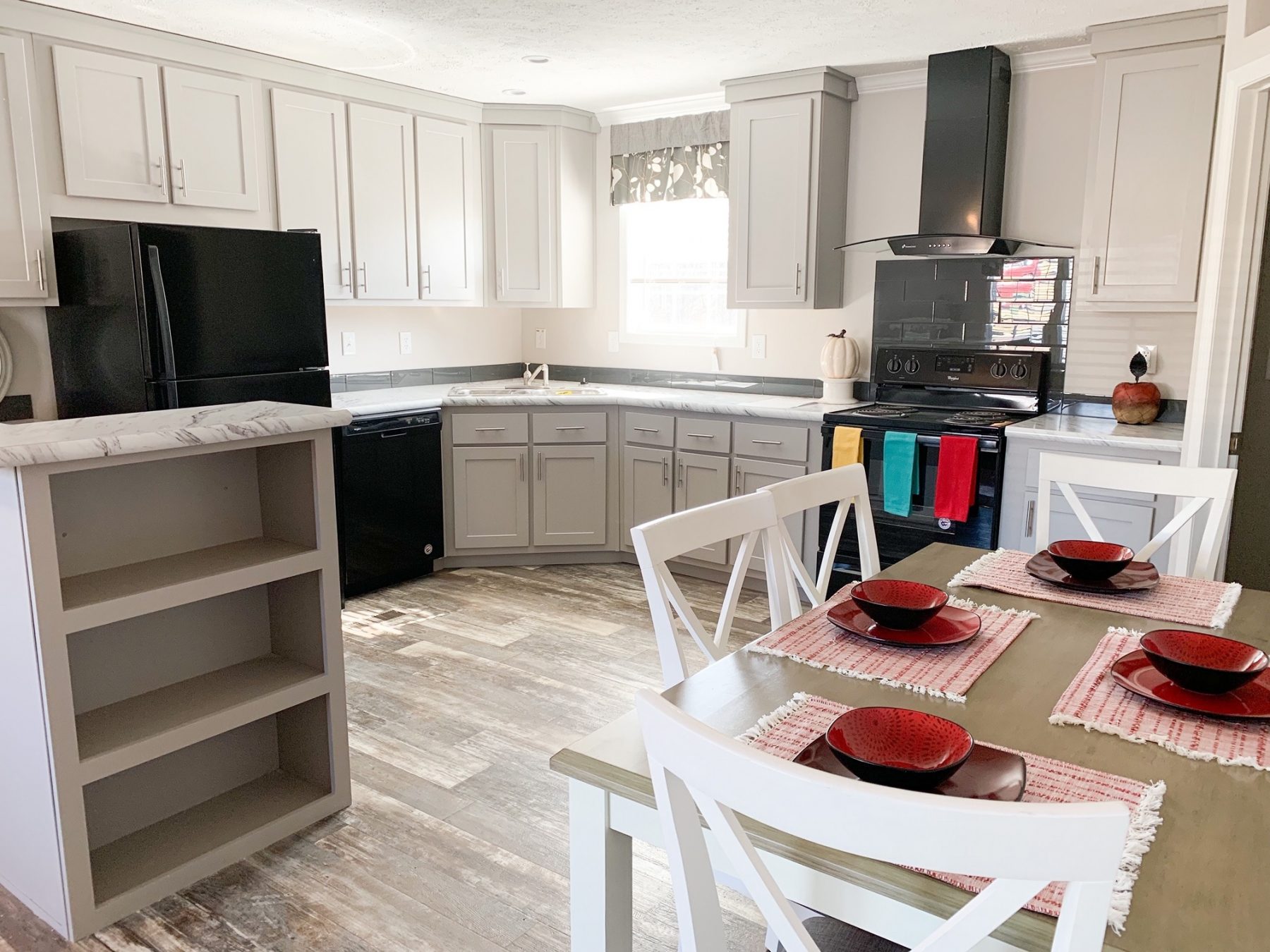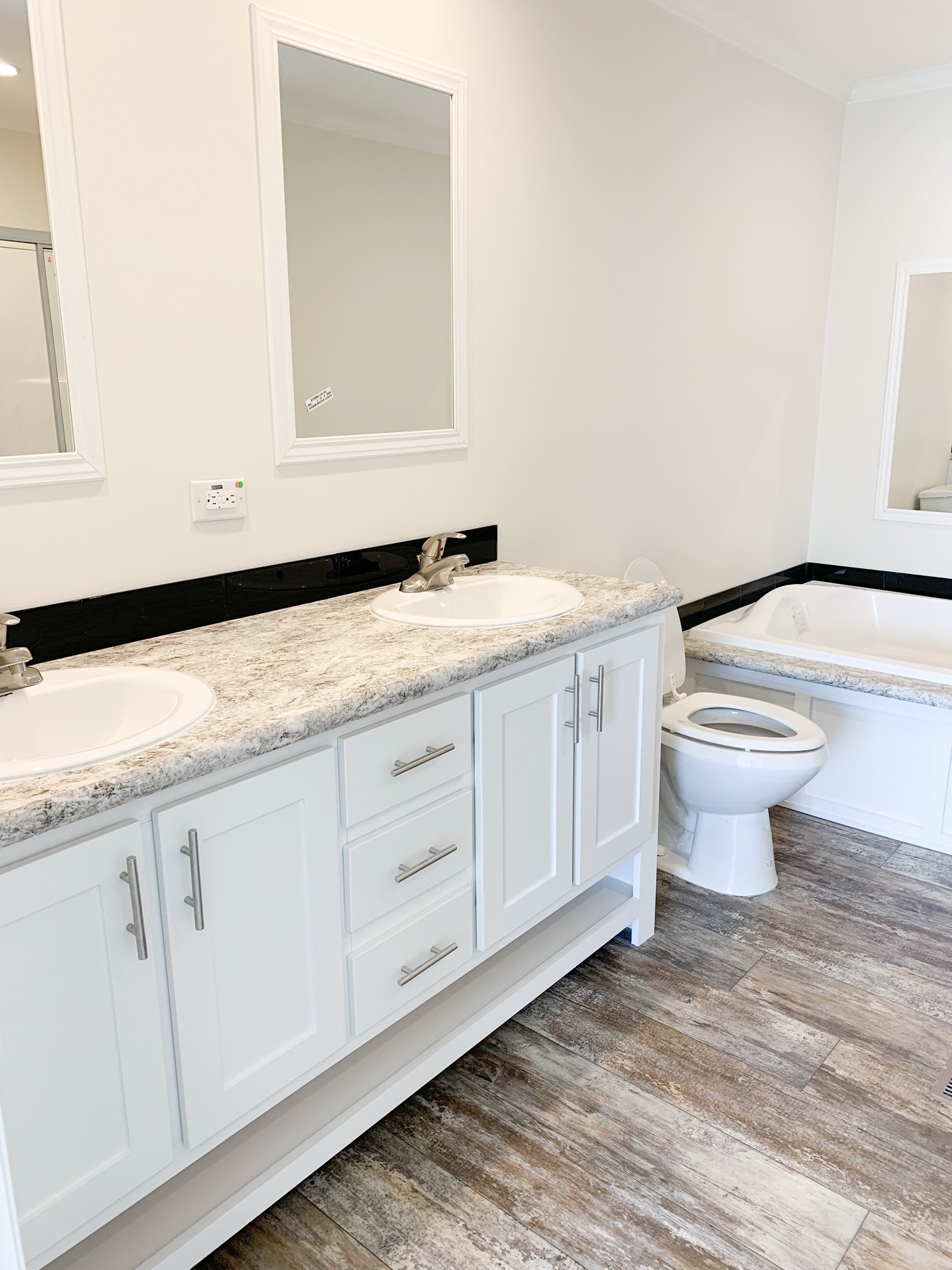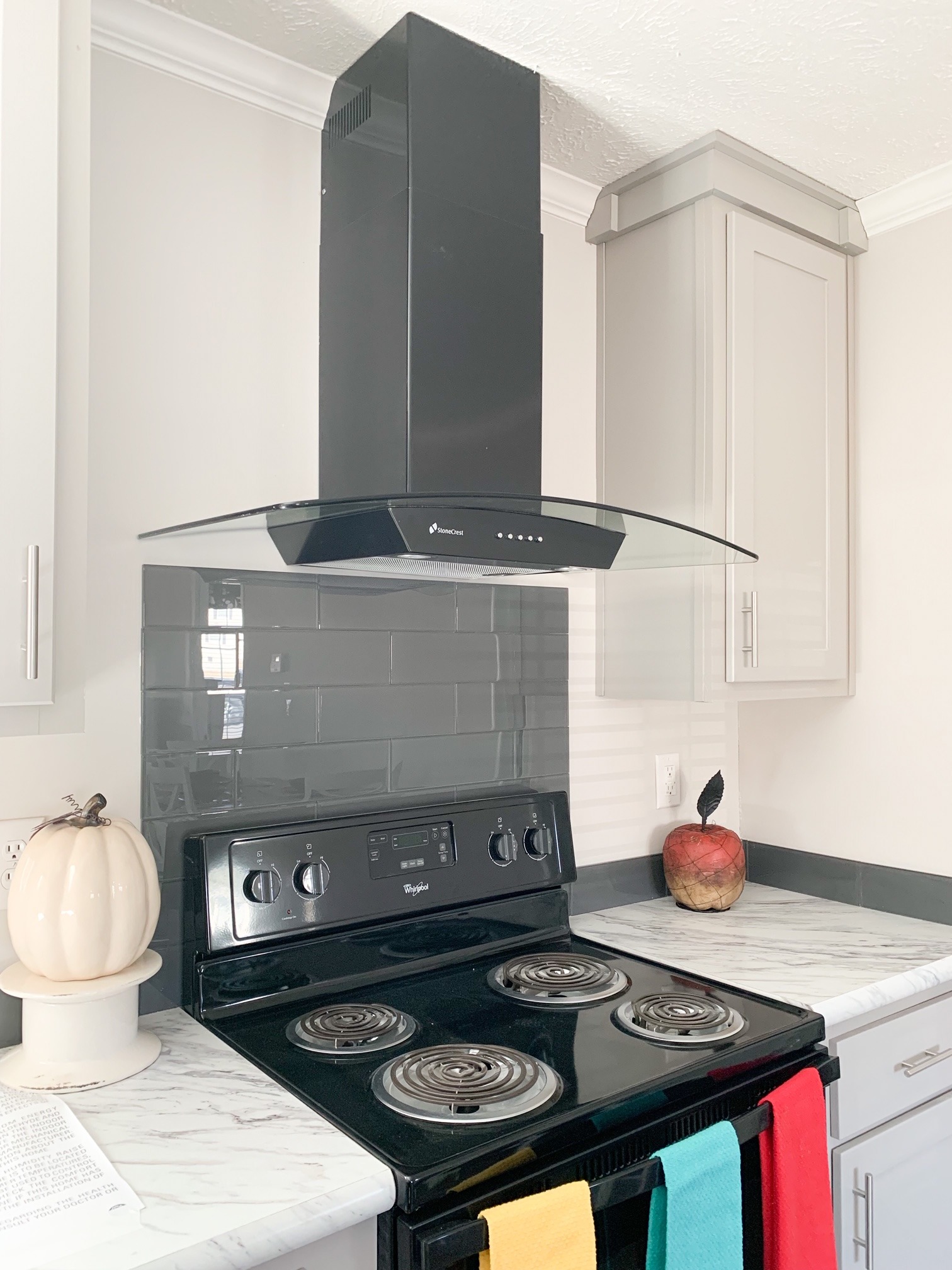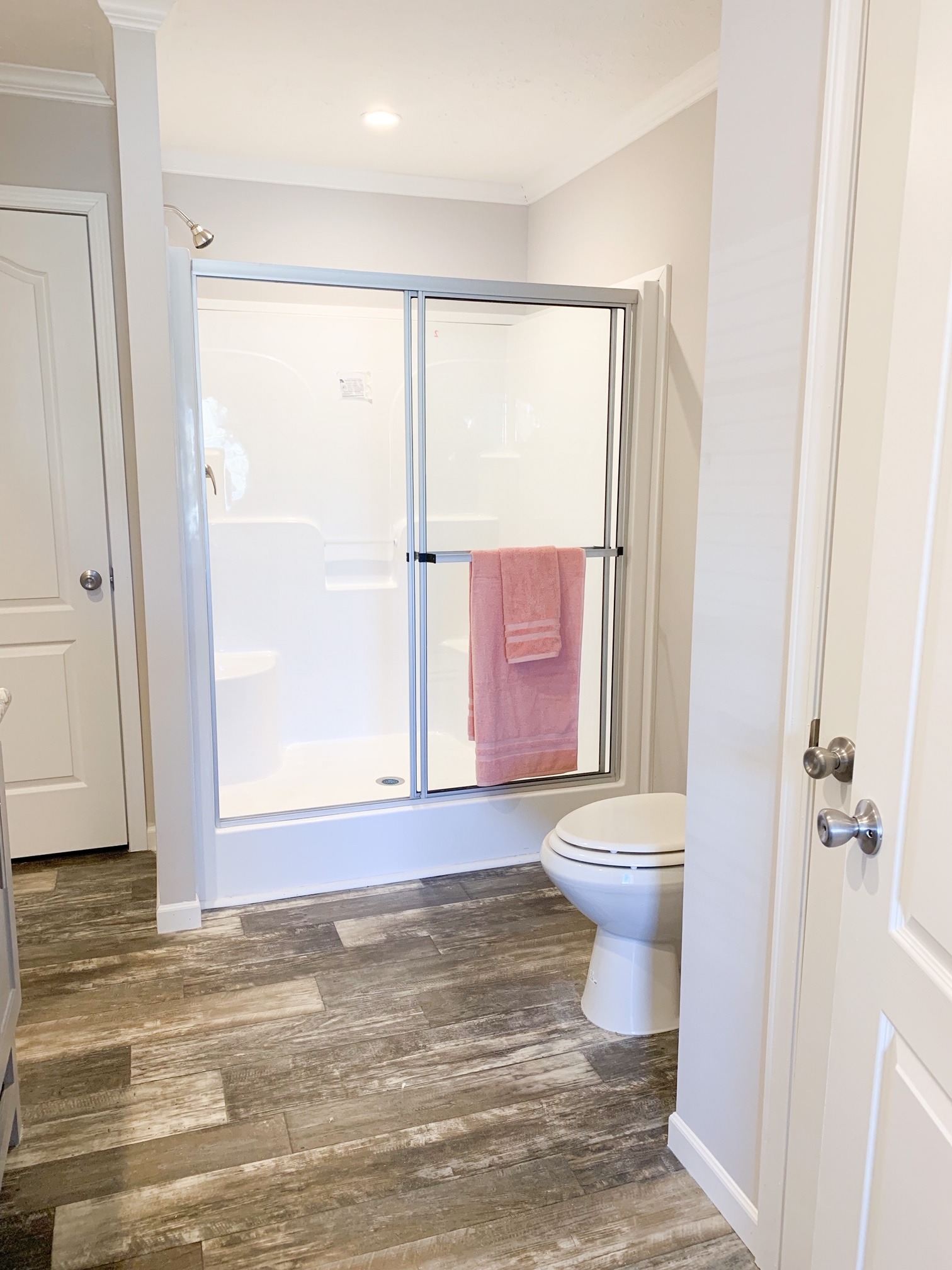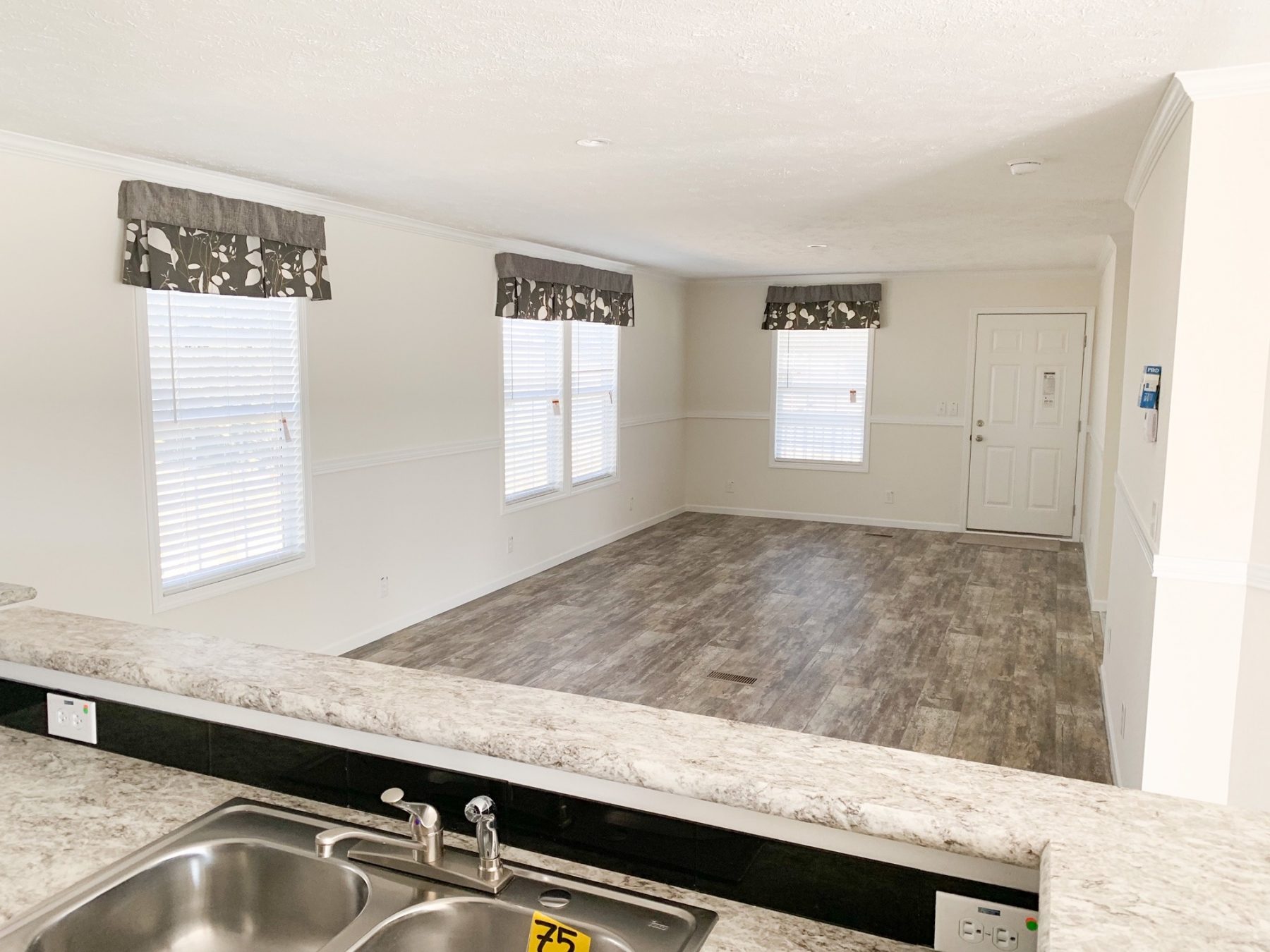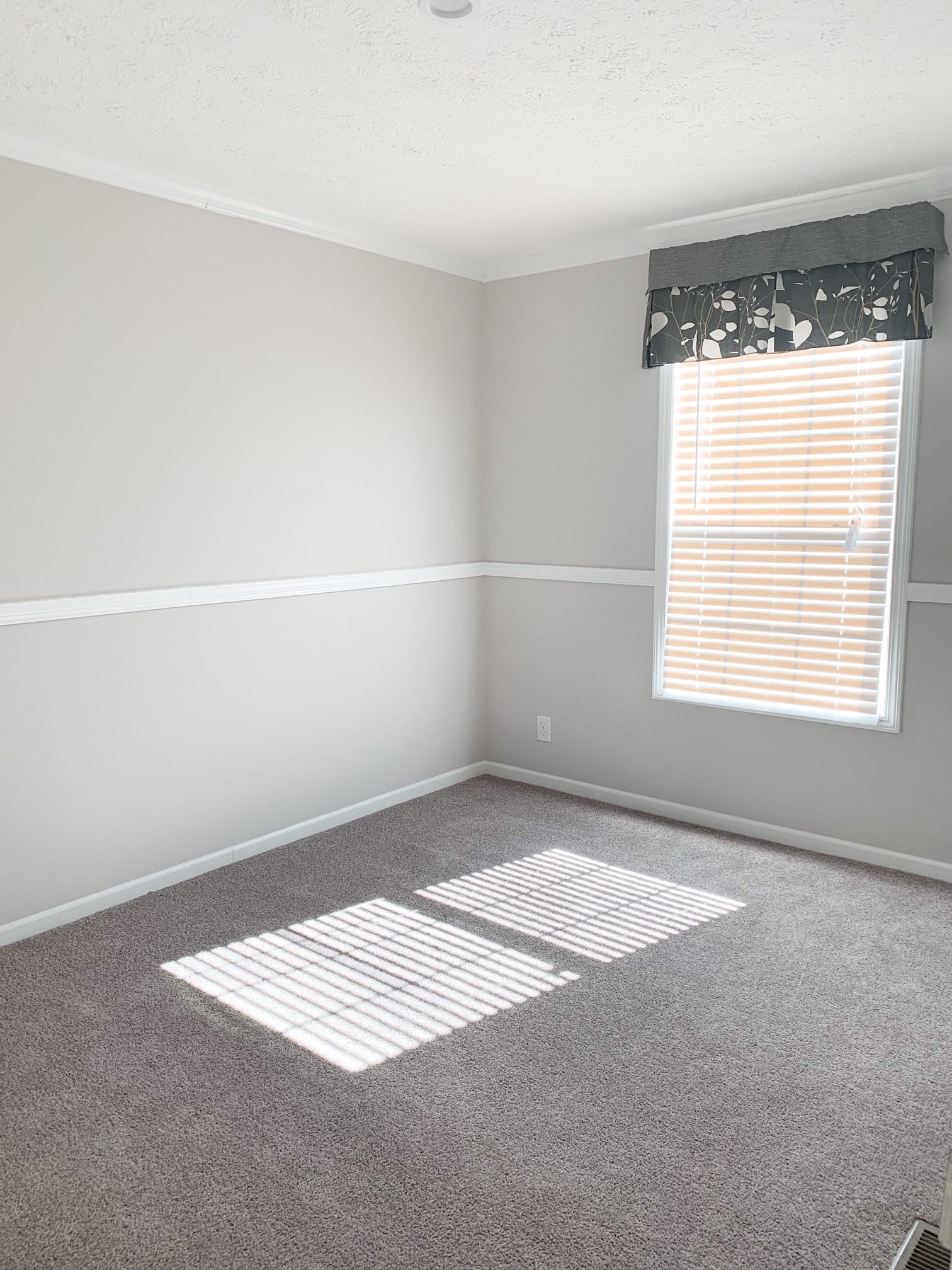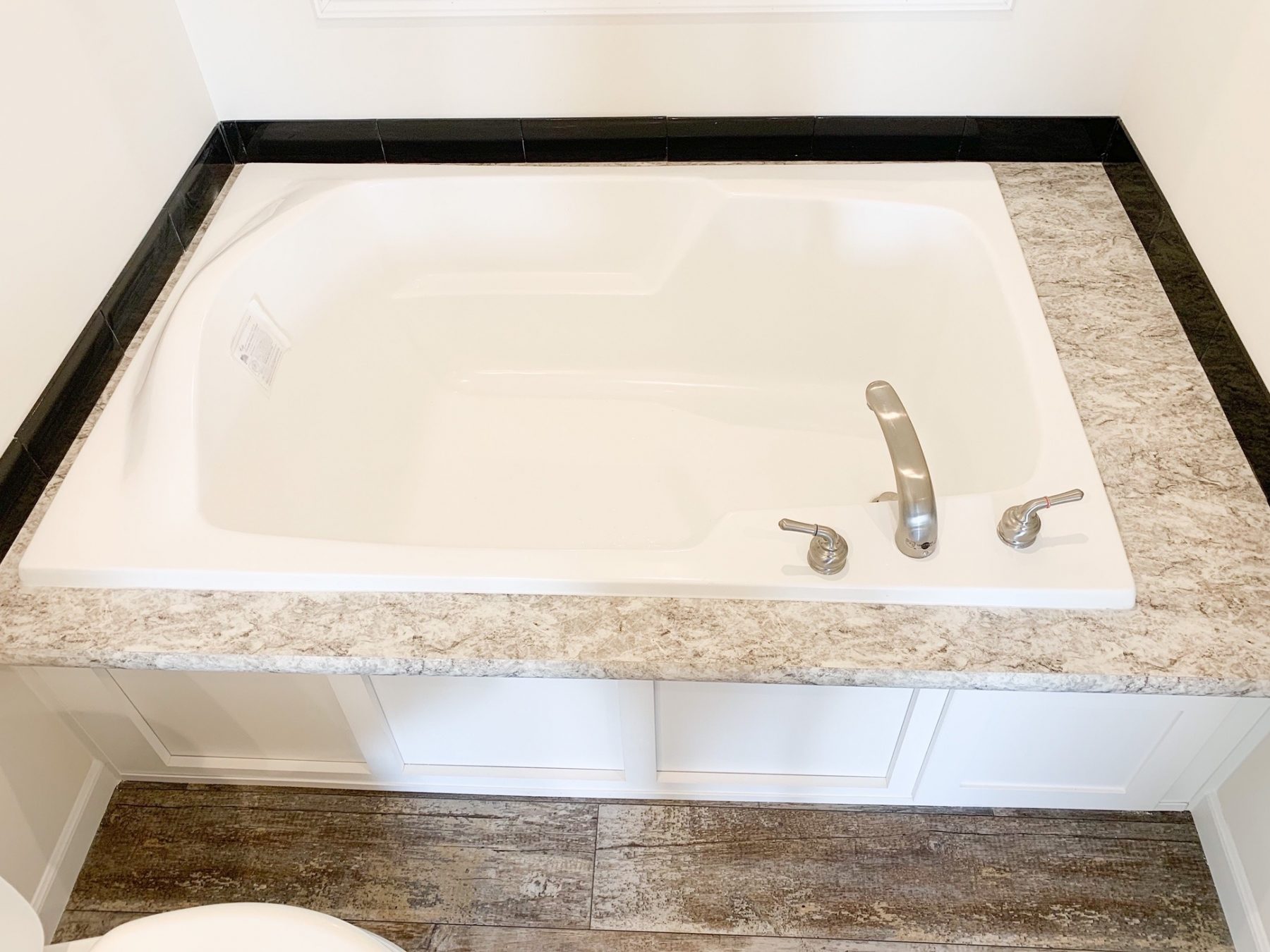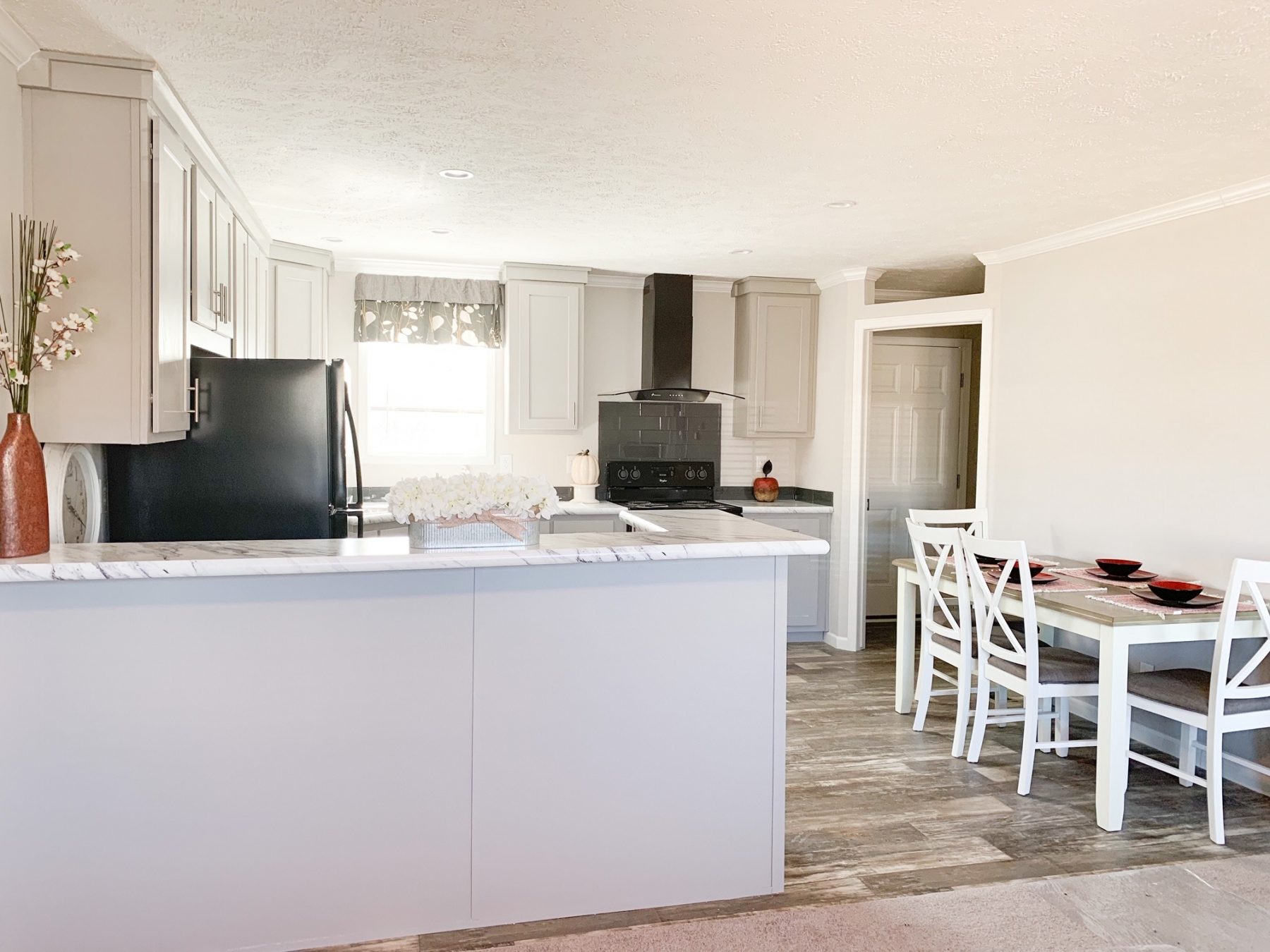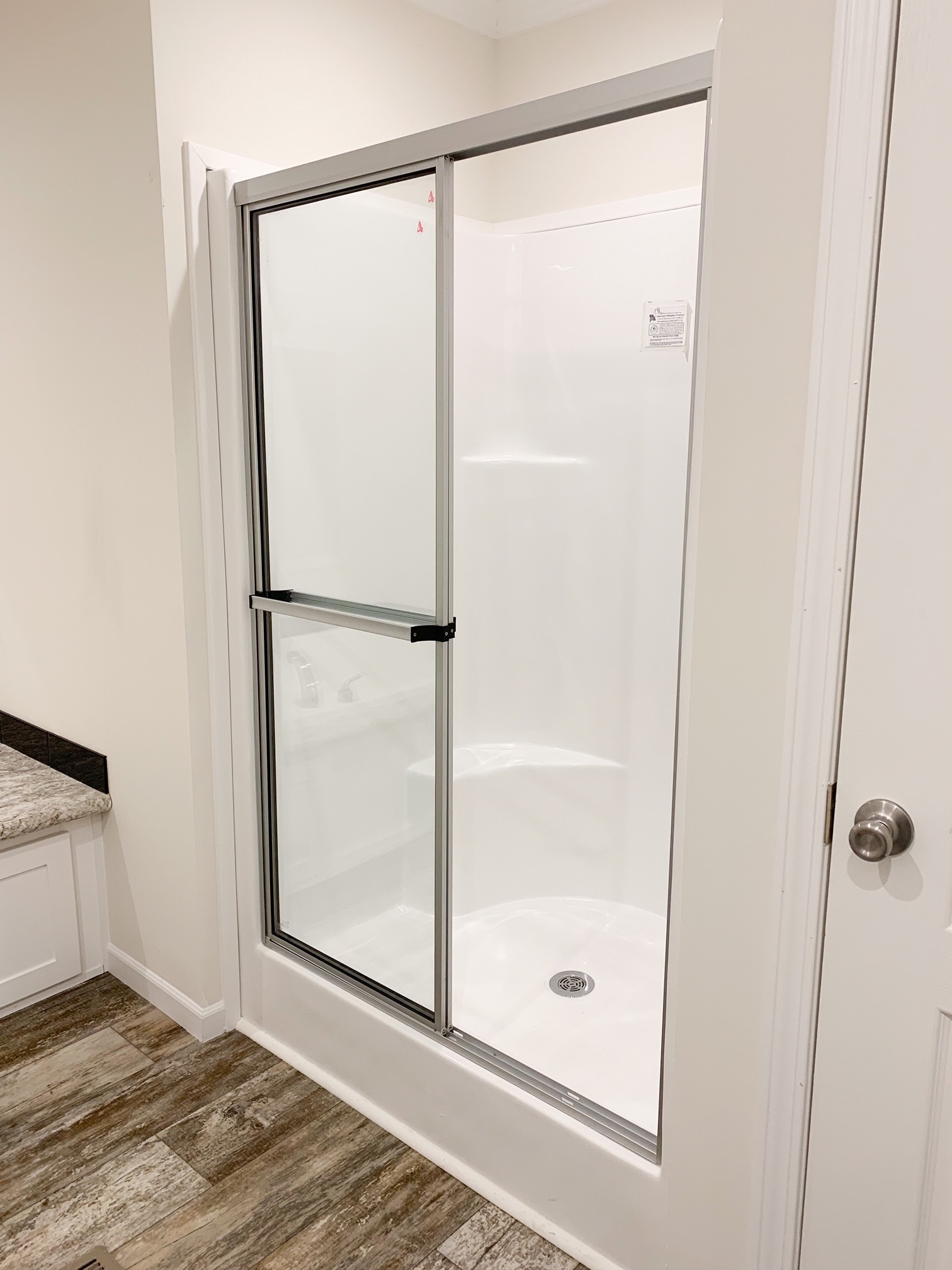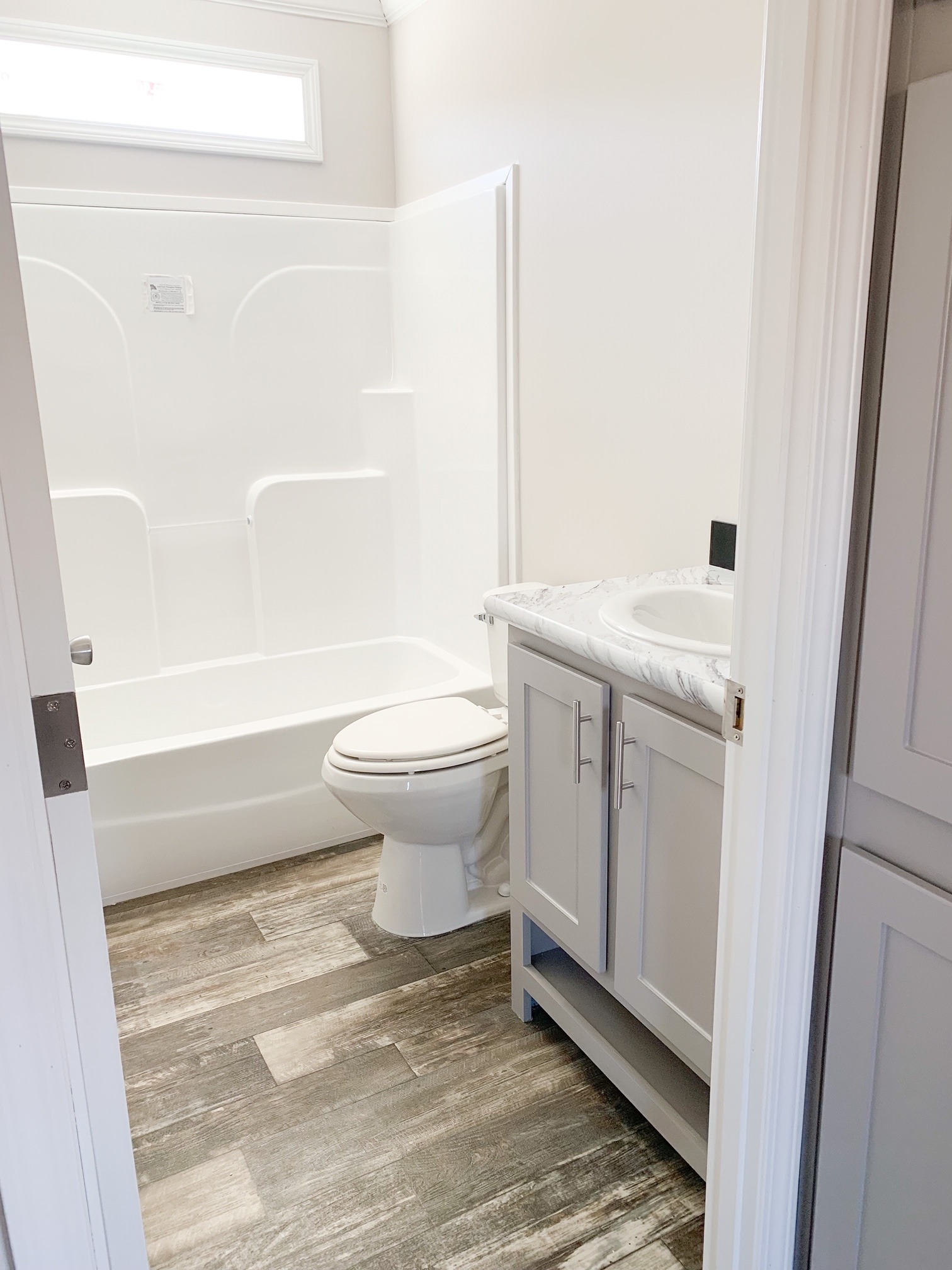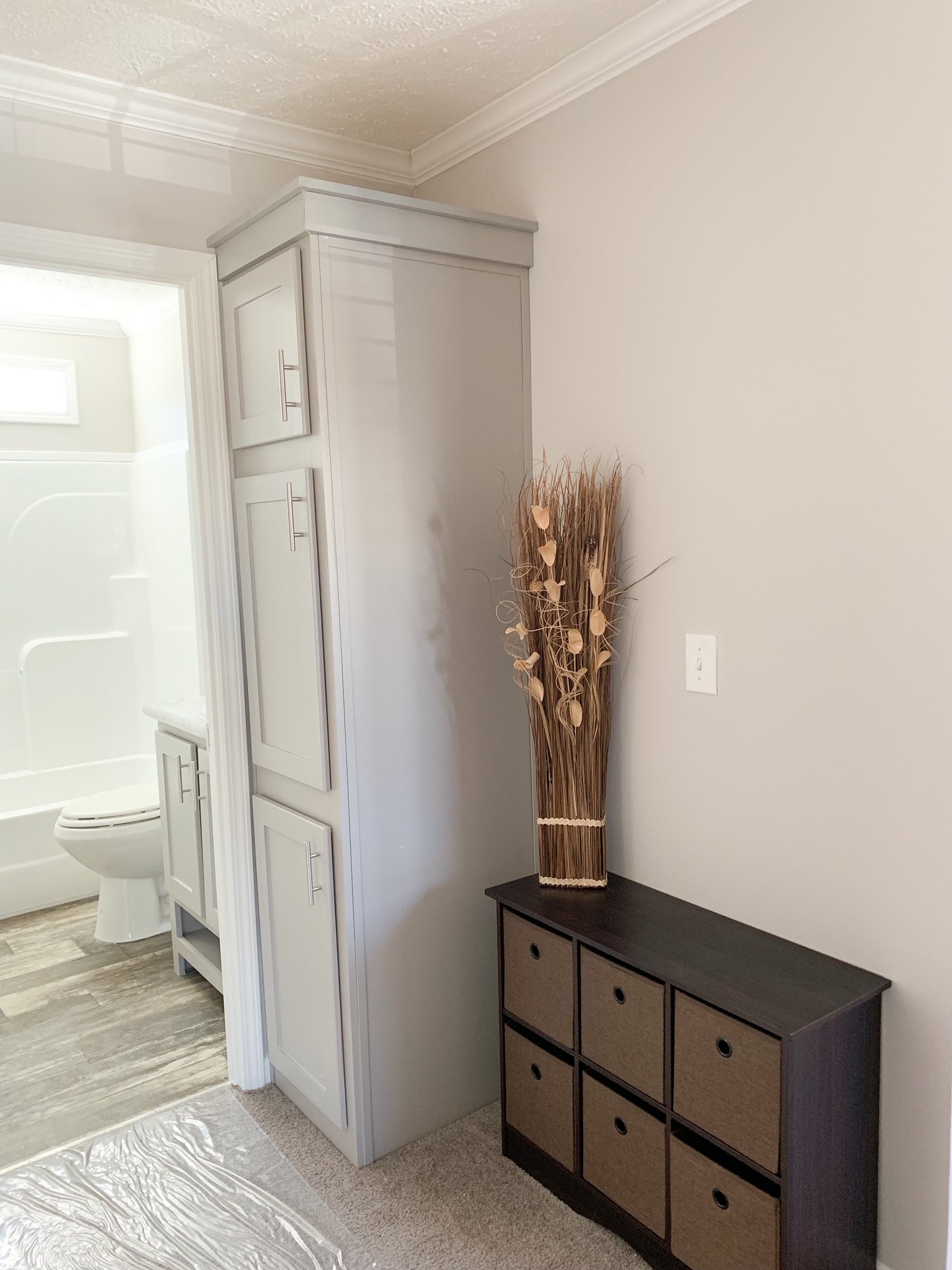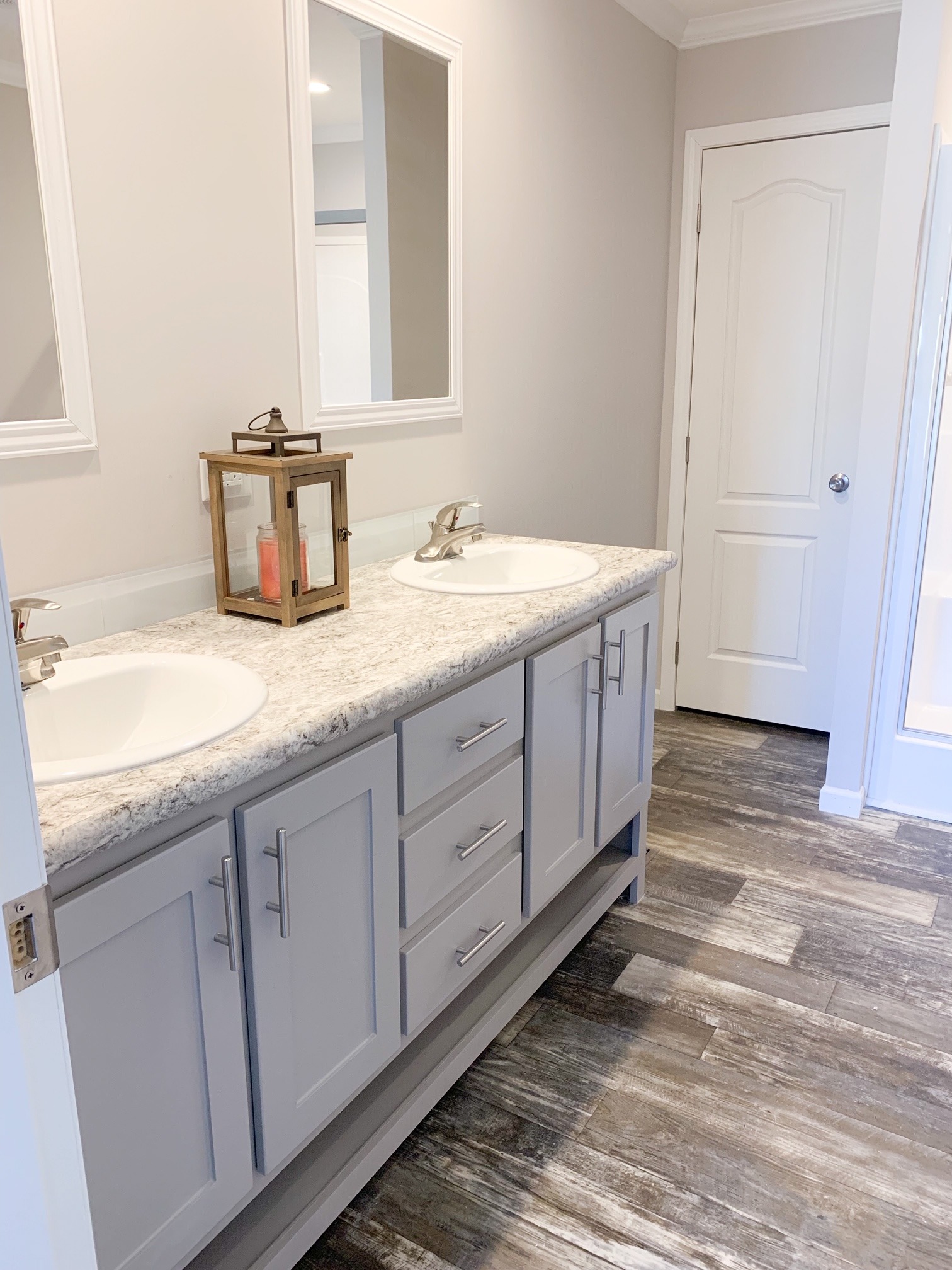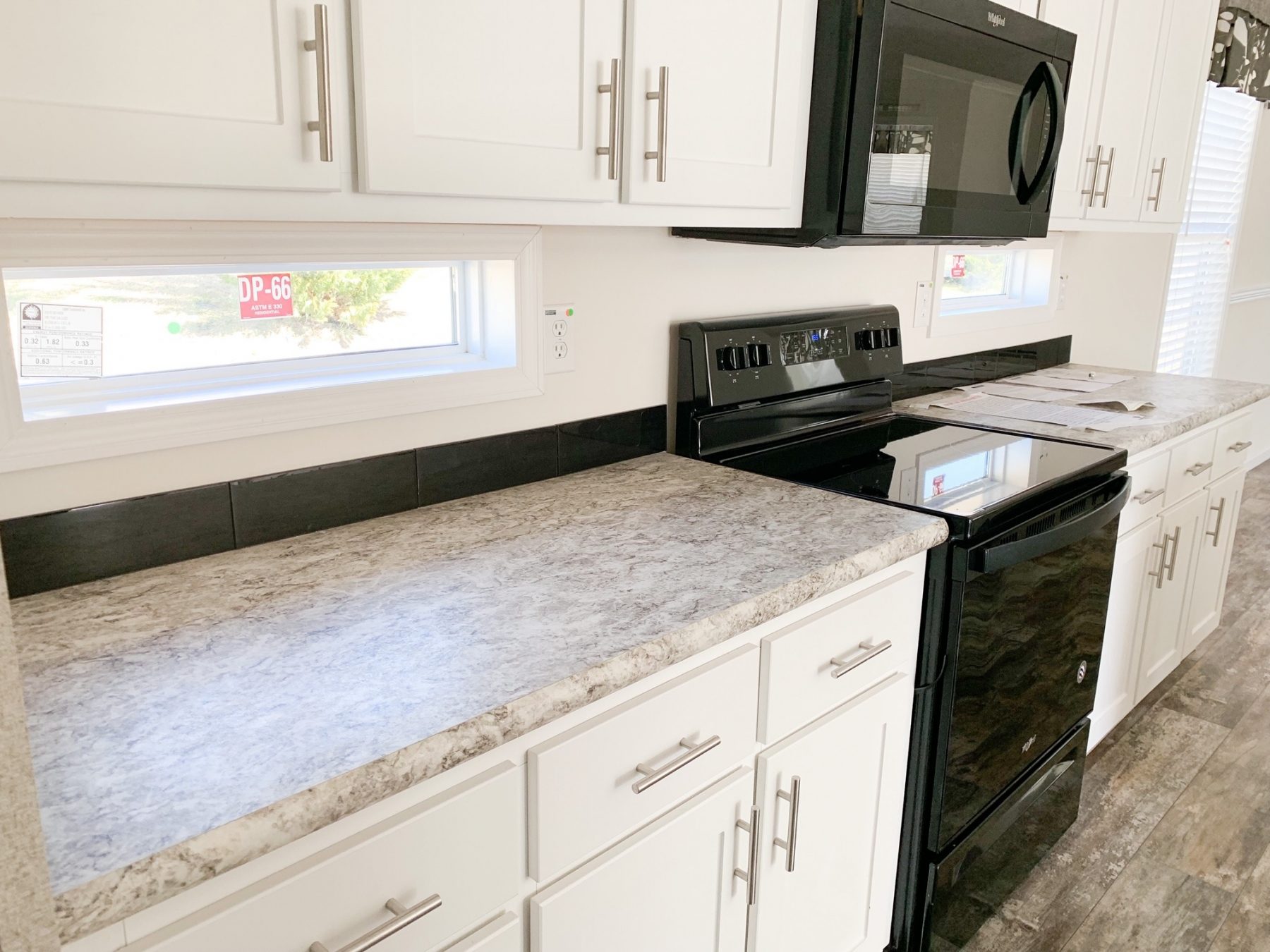Why MHE?
Manufactured housing is what we do. We are factory-direct dealers with a proven track record of providing a quality lifestyle through affordable housing opportunities. With on-site management and maintenance, our daily interaction with the residents allows us to become part of the community. We strive for excellence in everything we do — excellent customer service, an excellent housing product, and an excellent return on investment for our partners and owners.
Mobile Homes versus Manufactured Homes—What’s the Difference?
These terms are often used to describe the same type of home. Homes manufactured prior to 1976, when the National Mobile Home Construction and Safety Act went into effect, are known as mobile homes. Homes manufactured after 1976 are referred to as manufactured homes as they fall under the “HUD Code” which sets standards for design and construction, body and frame requirements, thermal protection, plumbing and electrical, fire safety and energy efficiency. The HUD Code was designed to improve the durability and quality of manufactured homes and is the only federally-regulated national building code.
Frequently Asked Questions
Why should I consider a manufactured home?
If you’re looking to get the most out of your “housing dollar,” you should consider a manufactured home. Depending on the region of the country, construction costs per square foot for a new manufactured home are up to 50 percent less than a comparable site-built home, excluding the cost of land. All manufactured homes are built to specifications and codes that require the highest standards in every aspect of construction.
Are manufactured homes affordable?
Manufactured homes provide quality housing and an opportunity for home-ownership. They often cost less than renting, and can offer more square footage and distance from neighbors than an apartment. In fact, HUD Secretary Ben Carson refers to manufactured housing as “an active ingredient in the medication we are prescribing for a stronger America” in reference to the critical shortage in our country’s supply of affordable homes. See a video from HUD’s first Innovative Housing Showcase in June, 2019, where three manufactured homes were on display on National Hill here (link to: https://youtu.be/RCHgoo5DgGc).
What are the advantages of manufactured housing versus traditional site-built homes?
A manufactured home is constructed entirely in a controlled factory environment, built to the federal Manufactured Home Construction and Safety Standards, better known as the HUD Code. A site-built home is built “on-site” using traditional building techniques that meet either a local or state building code. Such homes are exposed to a variety of weather conditions during the construction process such as rain and snow. Starting in 1976, the HUD Code established a stringent series of construction and safety standards that ensure that today’s manufactured homes are superior to “mobile homes,” the term used for factory-built homes produced prior to the HUD Code. Since then, manufactured homes are dramatically different in appearance and quality those built before 1976. Manufactured homes, like site-built homes, are now available in a variety of designs, floor plans and amenities. Today, they are often indistinguishable from site-built homes and are fully compatible with neighborhood architectural styles.
Do manufactured homes use the same building materials and processes as traditional site-built homes?
- Today’s manufactured homes are built with the same building materials as site-built homes, but in a controlled factory environment where the quality of construction is superior to what can be done outdoors. HUD’s building code for manufactured housing regulates the design and construction, strength and durability, transportability, fire resistance, energy efficiency and overall quality of a home. It also sets standards for the heating, plumbing, air-conditioning, thermal and electrical systems. The HUD Code homes also adhere to a thorough inspection system that takes place at each step during the home construction process in the factory. There are major benefits to having your home built in a factory: Consumers benefit from the technological advancements and cost savings associated with the factory-built process.
- There is less waste in the factory process than with site-built homes.
- All aspects of the construction process are quality controlled and inspected per HUD’s rigorous standards
- The weather doesn’t interfere with construction, cause costly delays and warp or damage building materials.
- Technicians, craftsmen, and assemblers are on the same team and professionally supervised. Inventory is better controlled and materials are protected from theft and weather-related damage.
- Construction materials, as well as interior features and appliances, are purchased in volume for additional savings.
Are there limits on where I can locate or place a manufactured home?
- Many cities and towns, still relying on outdated perceptions and stereotypes of “mobile homes,” have zoning regulations limiting where you can place a manufactured home. However, more and more urban and suburban governments are recognizing that today’s manufactured homes are virtually indistinguishable from site-built homes and are allowing manufactured homes to be placed in their communities. In fact, on June 25, 2019, President Trump signed an Executive Order directing federal agencies to work together to facilitate the production of affordable housing. The Executive Order focuses on alleviating barriers that impede the production and specifically references manufactured housing as an area that has been hindered due to “outdated manufactured-housing regulations and restrictions.” The established Affordable Housing Council is tasked with accomplishing the following by January 2021: Recommend federal, state, local and tribal policies that would (1) reduce and streamline statutory, regulatory, and administrative burdens that inhibit the development of affordable housing supply at all levels of government; and (2) incentivize state, local and tribal governments to reduce barriers to affordable housing development.
- To learn more about the details of this executive, visit the link here (link to: https://files.constantcontact.com/5a36018e301/c3b4e3f4-ea54-41b6-a31e-a94039279fef.pdf).
Are manufactured homes more susceptible to fire than site-built homes?
- Modern manufactured homes are as safe as traditional site-built homes and pre-1976 mobile homes. The manufactured housing industry produces safe and fire-resistant homes that are in the market today. They are no more prone to fires than homes built on-site. In fact, studies prove it. The results of a 2013 National Fire Protection Association (NFPA) report comparing the impacts of fires on manufactured and traditional housing showed:
- The fire-death rate in HUD Code homes, those built after 1976, was equivalent to other site-built housing, and that manufactured homes have 38-44 percent fewer fires than site-built homes.
- Manufactured homes have essentially the same fire death rate as other single-family residential homes.
- Manufactured homes have “a lower rate of civilian fire injuries per 100,000 occupied housing units than other one or two-family homes” and post-HUD standard manufactured homes are more likely than other homes to have fires confined to the room of origin.
- Studies indicate that the vast majority of fires in manufactured homes are related to human carelessness, disproving the assumption that the structure is at fault. The second leading cause of fires in manufactured homes involves mechanical failures in the homes’ heating systems that can occur in all types of homes. Fire resistance provisions of the HUD Code include strict standards for fire retardation and smoke generation in materials, large windows in all bedrooms, smoke alarms, and at least two exterior doors which must be separate from each other and reachable without having to pass through other doors that can be locked. Site-built homes are required to have only one exterior door and no “reachability” requirement.
Are manufactured homes more vulnerable to damage from tornadoes and hurricanes?
Manufactured homes perform as well as site-built homes during a storm. In fact, the explanation for the reports of damage to manufactured homes from tornadoes is quite simple: manufactured housing is largely found in rural and suburban areas where tornadoes are most likely to occur. As to hurricanes, valuable lessons were learned from the devastation of Hurricane Andrew in 1992, which destroyed or damaged thousands of site-built and manufactured homes. Now, in areas prone to hurricane-force winds, the standards for manufactured homes are equivalent to or more stringent than the current regional and national building codes for site-built homes in these high wind zones. These new standards were put to the test in during the hurricanes that struck Florida in 2004. The result was that not one manufactured home built and installed after 1994 was destroyed by hurricane force winds. Also, proper installation and anchoring of the home is a key element is how a manufactured home will perform in severe weather situations.
